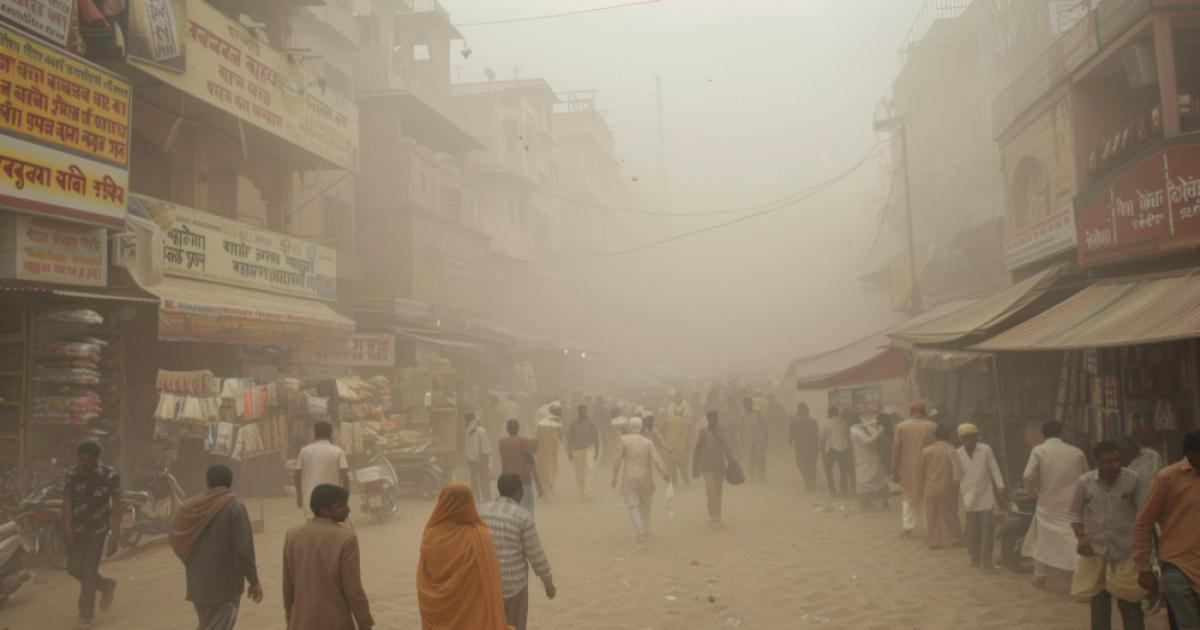
Since October, India has been witnessing a continuous rise in the Air Quality Index (AQI), particularly across northern states. The worsening AQI is mainly attributed to seasonal fog and smog that trap pollutants in the air. The capital, Delhi, is among the most affected areas, currently struggling with persistently poor air quality.
According to the Central Pollution Control Board (CPCB), on November 8, air quality across many northern cities fell into the "Very Poor" category. Bahadurgarh in Haryana topped the list with an AQI of 392, followed by Delhi at 380 and Muzaffarnagar at 342. Other cities recorded alarmingly high levels as well: Baddi (327), Bhiwani (325), Hapur (320), Sonipat and Baghpat (319 each), Ghaziabad (315), Chandigarh (310), Jind (304), and Mandideep in Madhya Pradesh (303).
A significant factor contributing to the spike in AQI is the increased pollution from fireworks during Diwali, which caused a sharp rise in airborne pollutants. Delhi’s AQI has consistently remained above 350 over the past week, a level that poses a severe health hazard.
Contrast, some cities in southern India have shown more controlled AQI levels. Amaravati in Maharashtra recorded an AQI of 63, Bengaluru 68, and Bhubaneswar 96, which fall under the "Satisfactory" range. Typically, the AQI levels in South India remain comparatively better than in northern regions.
Health Impact of "Very Poor" AQI: An AQI in the "Very Poor" range can lead to serious health implications, especially for vulnerable groups such as children, the elderly, and those with respiratory conditions. Prolonged exposure to such air quality levels can also impact otherwise healthy individuals, making the current situation in northern India a significant public health concern.
Read More... IMD Issues Rain Warning and Agri-Advisory Across States, Clear Skies Expected in Delhi/NCR